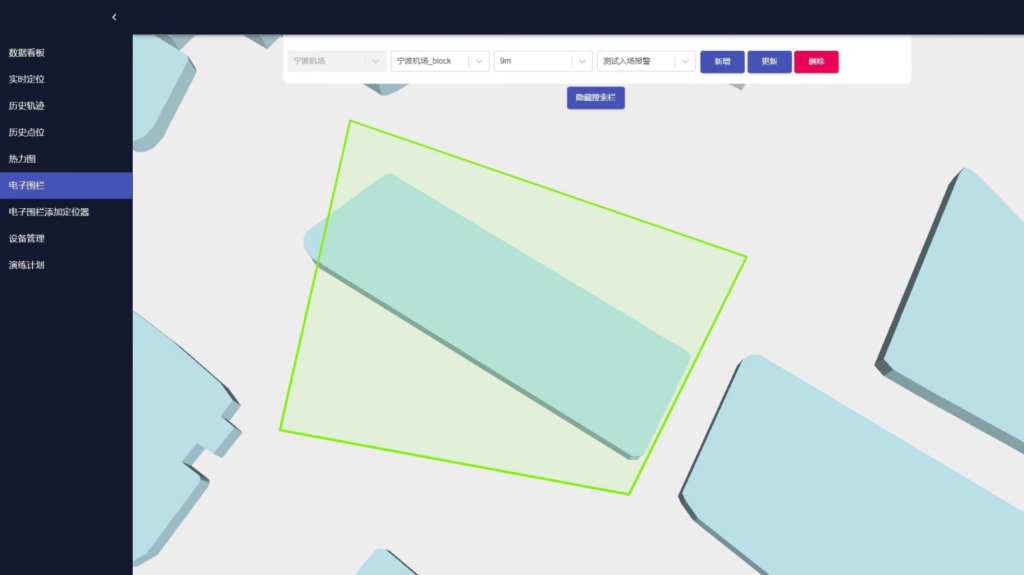Making Wireless IoT Project Easy, Smart, Secure.
GET A FREE SAMPLEElectronic fence technology is an advanced perimeter defense technology that achieves precise and real-time monitoring and intrusion prevention of specific areas through sensors, signal processing, and composition systems. It has multiple advantages and is widely used in multiple scenarios, and is constantly developing towards intelligence and integration.

Electronic fences are mainly based on sensor technology and signal processing technology. Common types include pulse electronic fences and tension electronic fences.
The pulse type electronic fence sends high-voltage pulse signals to the fence wires through the host. When someone touches or damages the fence, the pulse signal will change and trigger an alarm.
Tension type electronic fences rely on detecting changes in the tension of the fence wire to determine if there is any intrusion behavior.
1. Positioning technology: such as Global Positioning System (GPS), Beidou Satellite Navigation System, etc., to obtain real-time location information of the monitored object.
2. Signal monitoring: such as monitoring wireless network signals, radio frequency identification (RFID) signals, etc., to determine whether an object is within a set range.
3. Software settings: Set specific geographic areas as fence boundaries through relevant software programs.
In terms of public security management, some key areas such as prisons and detention centers can be equipped with electronic fence to prevent detainees from escaping. When personnel approach or cross the fence, the system will immediately sound an alarm and notify relevant personnel to take measures.
1. Logistics transportation: Real time monitoring of transportation vehicles to ensure they travel within designated routes and areas, preventing deviation from the route or entering prohibited areas.
2. Livestock management: used to monitor the activity range of livestock and prevent them from getting lost.
3. Security field: Set up electronic fences around important places and facilities, and immediately trigger an alarm once unauthorized personnel or objects enter.
4. Guardianship for children and the elderly: Wear devices with positioning functions for children or the elderly, and set up electronic fences so that guardians can receive timely notifications when they leave the safe area.
5. Shared bicycle management: Standardize the parking areas for shared bicycles. When vehicles are parked in non designated areas, the system can prompt users or take corresponding punishment measures.
UWB (Ultra Wideband) electronic fence is a virtual fence system implemented using ultra wideband technology.
UWB is a carrier free communication technology that utilizes nanosecond to microsecond level non sinusoidal narrow pulses to transmit data. It has the characteristics of wide bandwidth, low power consumption, high precision, and strong anti-interference ability.
In the UWB electronic fence system, multiple UWB receivers (base stations) are arranged in specific areas to form an electronic fence. When personnel or items carrying UWB tags enter the area, the receiver can monitor and calculate the location and distance information of the tag in real time. Once unauthorized tags enter the area, the system will issue an alarm to achieve physical security prevention.
Copyrights© Shenzhen Skylab Co.,LTD All Rights Reserved.

